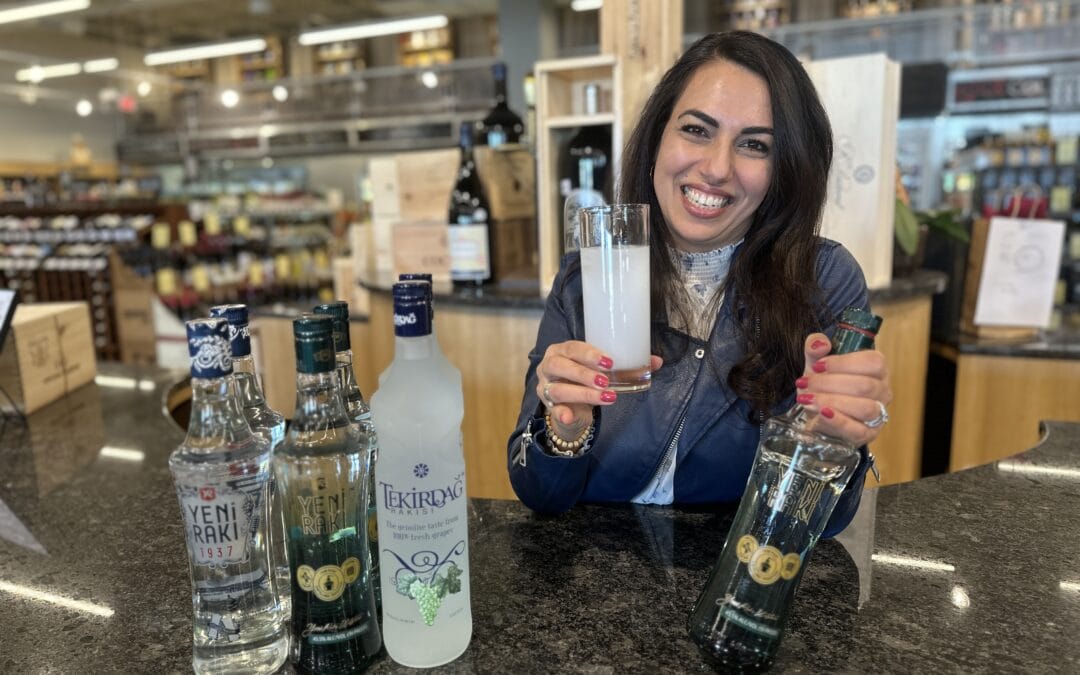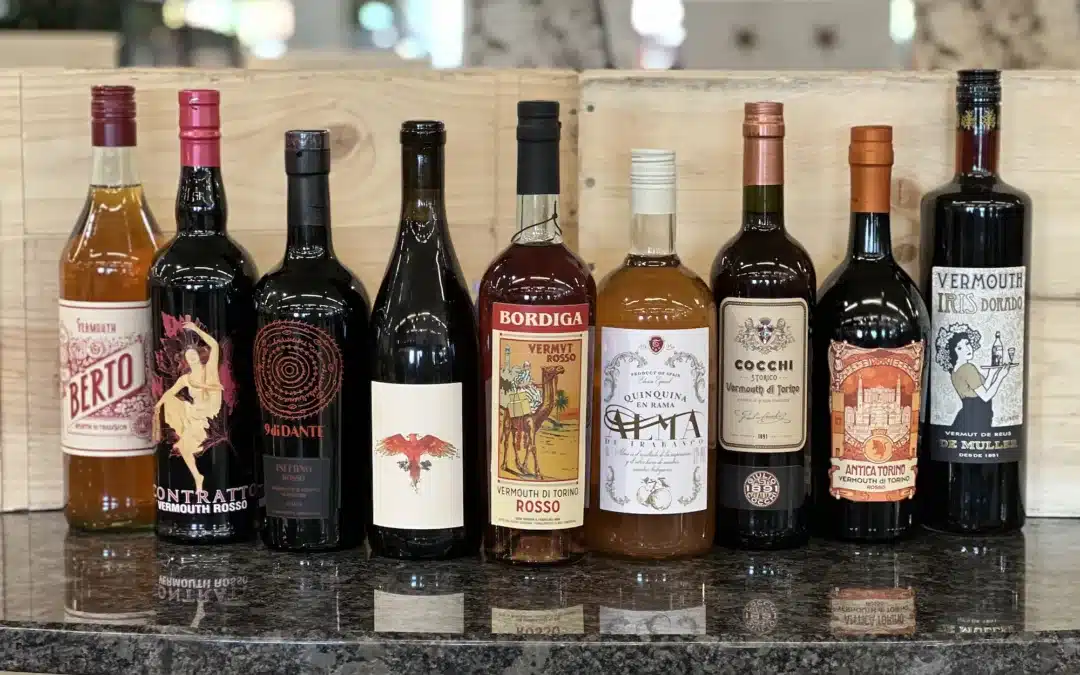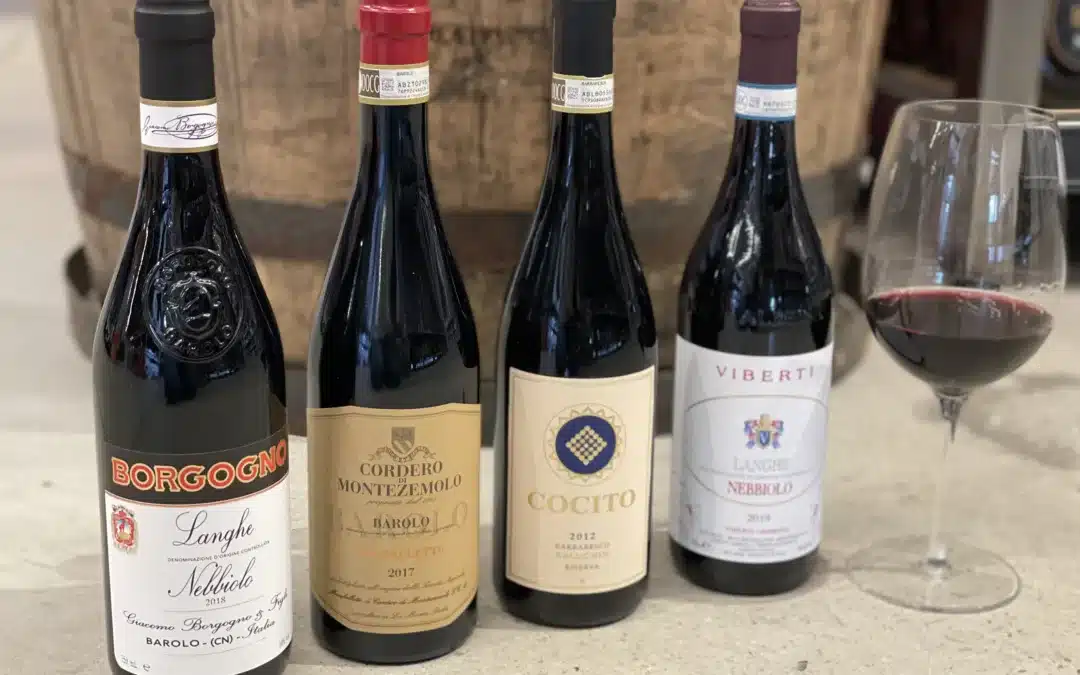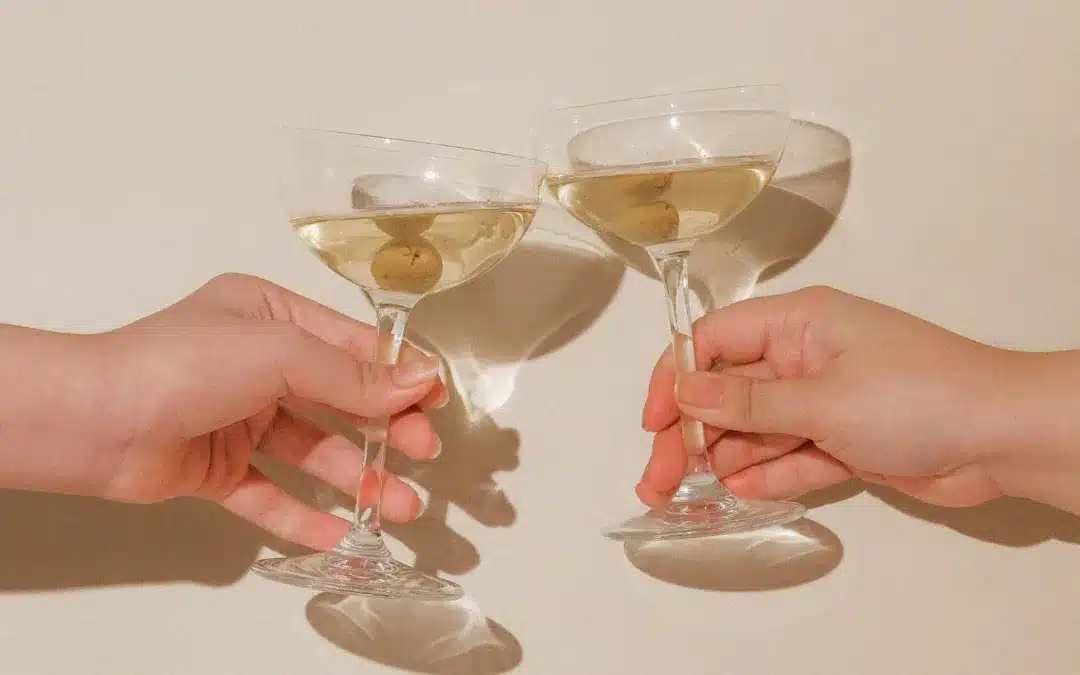By Jessica Granatiero
I recently traveled to Italy, just returning one week ago. I had the great opportunity to do a 10-day tour spanning Barolo, Piedmont, Florence and Montalcino, Maremma and Bolgheri in Tuscany. Piedmont is where the grapes Barbera and Nebbiolo thrive to make the famed Barolo and Barbaresco. Montalcino sits in central to southern Tuscany, while Bolgheri, considered famous for “Super Tuscans” and Maremma are along the coast. Maremma is the most southern of Tuscany.




Piedmont. Piedmont, which is northern Italy, about four hours north of Florence, was cold just like our New England weather. It is the slow time of year in Piedmont, and many restaurants, hotels and shop are closed until March. I rented a small apartment in the heart of the village of La Morra, one of the highest villages in Barolo, and the process of finding it was easy. It was the perfect find for a 5-day stay, as long as you don’t mind walking some distance to your car and carting luggage up three flights of stairs. While slow there, it gave me a great opportunity to regroup and meet with winery owners and winemakers from Rocche Costamagna, Marchesi di Barolo and Cantine Povero. I tasted through Barolos from Rocche Costamagna and Marches id Barolo, paired with classic dishes of the region, poached egg with truffles, carne crudo and vitello tonnato, the latter a veal dish topped with a tuna sauce. Cantine Povero and I tasted through 15 wines. The breakfast of champions.
I also met with some friends in Florence enjoying the Bistecca alla Fiorentina, one of the most traditional Tuscan meat dishes cooked rare. It is a must try when you are in Florence and particularly at the restaurant Regina Bistecca. I stayed at one of my favorite bed and breakfasts, Oltrarno Splendid. It is on the more local side of the Arno River which flows in the middle of the city. Oltrarno is peaceful, quiet and overlooks the top of Florence’s buildings. It’s an easy walk, about 10 minutes, across the river to the more touristy side, filled with many shops and restaurants at which to have aperitivo, akin to our happy hour in the United States.




Montalcino and Maremma. I moved south, about two hours, to Montalcino, home to Brunello, and visited Ridolfo Winery. The rising sun peaked out about the hills giving a beautiful glow across the vast Montalcino landscape. Brunello is made from the Sangiovese grape which is prolific and thrives in Tuscany. I stayed there for just one day – surely not long enough – enjoying the beautiful 2018 Ridolfi Brunello. I departed the next day for Maremma that borders the Tyrrhenian Sea and encompasses southern Tuscany and part of northern Lazio. It benefits from the sea’s cooler breezes. Characterized by many hilltop villages, it is a hidden gem tucked away, largely unknown to those outside of the wine world. Though the winery Fattorria Le Pupille and its owner Elizabetta Gepetti are shining stars in the area and known for the production of Morellino di Scansano – aka Sangiovese. Gepetti is known as the Lady of Morellino and the Ambassador of Maremma. She has been the first woman to be the president of a consortium in 1992, year of foundation of the Morellino di Scansano Consortium. All the wines are great representations of the area – Morellino di Scansano, Morellino di Scansano Riserva, Poggio Valente (Sangiovese) and Saffredi (Cabernet blend), the flagship wine at 99 points.





Bolgheri. Bolgheri is a mere one hour north of Maremma, also sitting along the coast. Unlike other areas of Tuscany Sangiovese is not the prominent grape in Bolgheri. The Bordeaux varietals – Cabernet Sauvignon, Cabernet Franc, Merlot and Petit Verdot – are the stars of the region and the area winemakers produced wines to rival those of Bordeaux France. This area became popular when it received DOCG status in 2006. Sassicaia is the most famous wine of the region, debuting in 1972, and its price tag reflects that. Sassicaia was most recognized for its 1985 vintage when wine writer Robert parker gave it 100 points. However other smaller producers are go-tos of the region, like I Greppi that I visited. I had the pleasure of staying in a quaint apartment in the middle of the I Greppi vineyard overlooking the vines. Its stunning Cypress trees are abound there with a row flanking the road leading to the walled, tiny Medieval village that you can walk within one hour. I Greppi’s Greppicante makes its way here. The wine is a blend of Cabernet Sauvignon, Cabernet Franc and Merlot. It ages for 18 months before it is released to the market.
Overall, being able to immerse myself in the culture, cuisine and wine of the regions is like no other experience. I’m glad I went even in the dead of winter and can bring back the experience to you.
Shop some of my favorite finds from the trip below, and follow my travels on Instagram. Cheers!
-
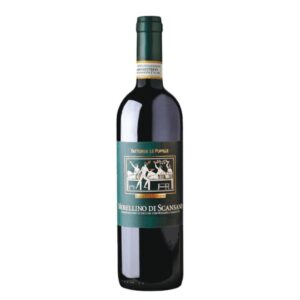 PUPILLE MORELLINO SCANSANO RISERVA$34.99
PUPILLE MORELLINO SCANSANO RISERVA$34.99 -
 LE PUPILLE SAFFREDI ROSSO$137.99
LE PUPILLE SAFFREDI ROSSO$137.99 -
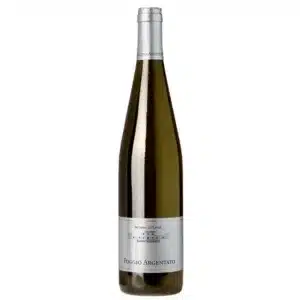 FATTORIA LE PUPILLE ARGENTATO$25.99
FATTORIA LE PUPILLE ARGENTATO$25.99 -
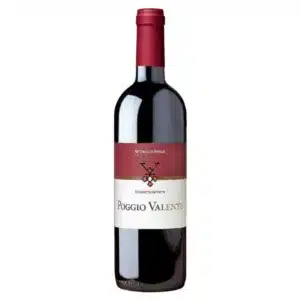 FATTORIA LE PUPILLE POGGIO VALENTE$62.99
FATTORIA LE PUPILLE POGGIO VALENTE$62.99 -
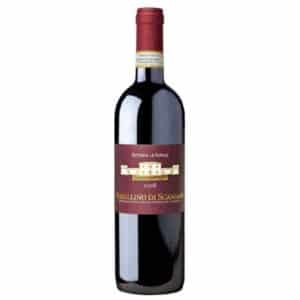 FATTORIA LE PUPILLE MORELLINO DI SCANSANO$21.99
FATTORIA LE PUPILLE MORELLINO DI SCANSANO$21.99 -
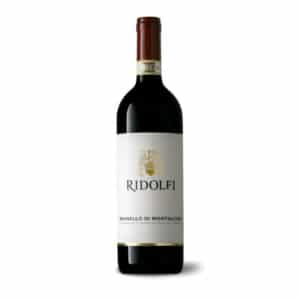 RIDOLFI BRUNELLO DI MONTALCINO$75.99
RIDOLFI BRUNELLO DI MONTALCINO$75.99 -
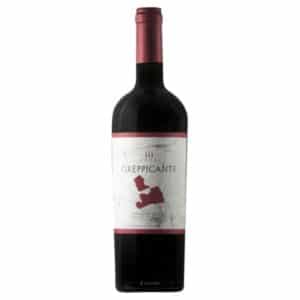 I GREPPI GREPPICANTE$31.99
I GREPPI GREPPICANTE$31.99 -
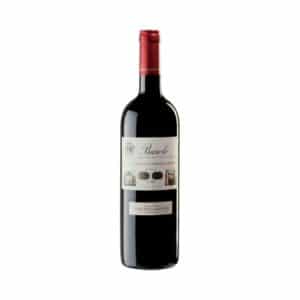 MARCHESI DI BAROLO TRADIZONE$81.99
MARCHESI DI BAROLO TRADIZONE$81.99 -
 ROCCHE COSTAMAGNA BAROLO$54.99
ROCCHE COSTAMAGNA BAROLO$54.99



